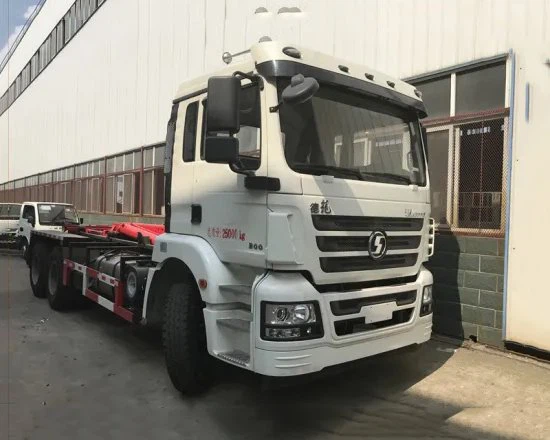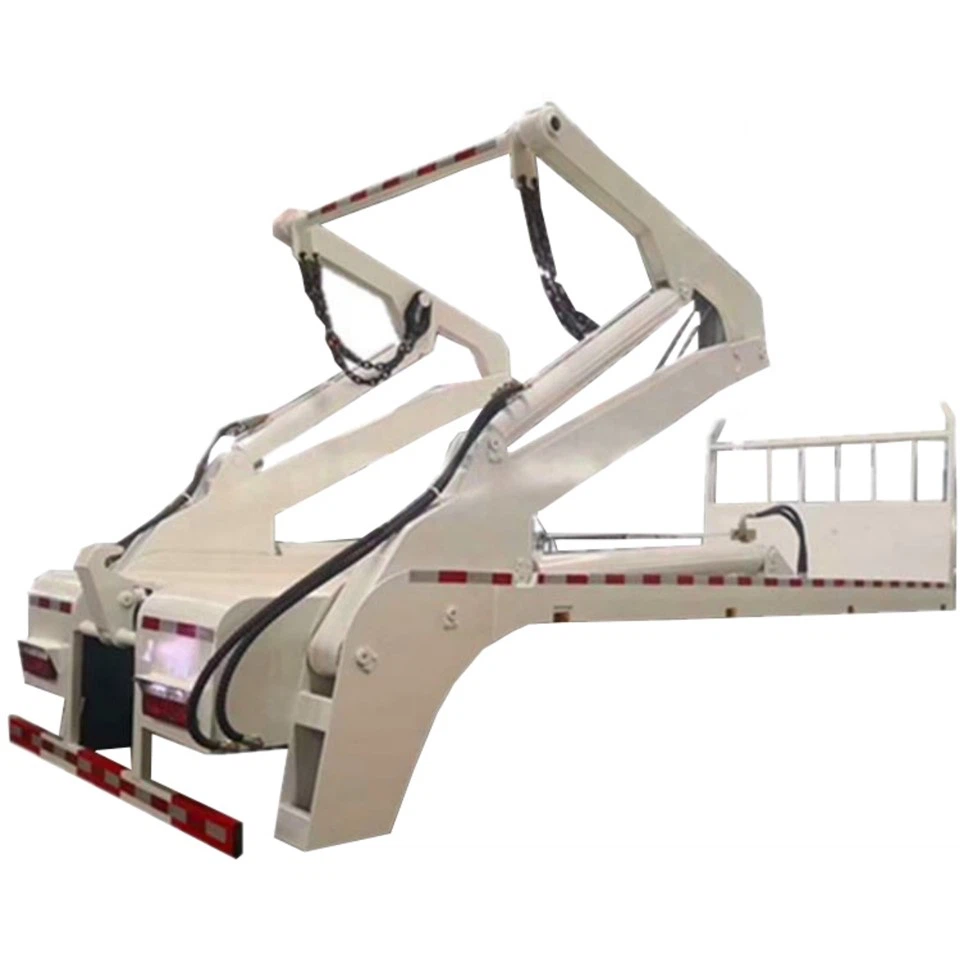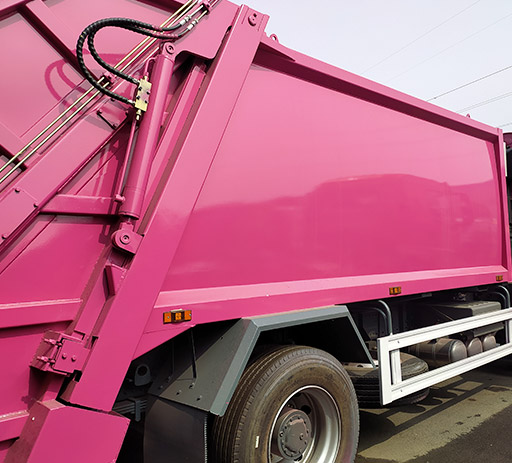Kei Truck Payload Capacity: A Comprehensive Guide

Introduction
In the realm of compact vehicles, kei trucks stand out as a versatile and efficient solution for a variety of transportation needs, especially in urban areas. Known for their small size and remarkable payload capacity, these vehicles have become increasingly popular among business owners and individuals looking for a practical solution to their transport problems. This article will delve into the specifics of kei truck payload capacity, exploring their load limits, advantages, practical applications, and more, providing you with all the information you need to understand these remarkable vehicles.
What is a Kei Truck?
Before we dive into payload capacity, it’s important to understand what a kei truck is. Originating from Japan, kei trucks are compact vehicles designed for utility. They are characterized by their small dimensions, lightweight construction, and fuel-efficient engines. Kei trucks play a significant role in Japanese logistics and are increasingly used in various parts of the world.
Key Features of Kei Trucks
- Small size (typically around 3.4 meters in length)
- Engine capacity limited to 660cc
- Maximum width of 1.48 meters
- Weight restrictions for registration
Understanding Payload Capacity

Payload capacity refers to the maximum weight that a vehicle can safely carry, including passengers and cargo. For kei trucks, this capacity is particularly important as they are primarily used for transporting goods in confined areas.
Factors Affecting Payload Capacity
Several factors can influence the payload capacity of a kei truck, including:
- Vehicle design and construction
- Engine type and power
- Suspension system
- Tire specifications
Typical Payload Capacities of Kei Trucks
On average, kei trucks have a payload capacity ranging between 350 kg to 850 kg (approximately 770 lbs to 1870 lbs). The exact figure can depend on the make and model of the truck. Below is a comparison table of popular kei truck models and their payload capacities.
| Model | Payload Capacity (kg) | Payload Capacity (lbs) |
|---|---|---|
| Daihatsu Hijet | 350 kg | 770 lbs |
| Honda Acty | 600 kg | 1323 lbs |
| Suzuki Carry | 500 kg | 1102 lbs |
| Subaru Sambar | 850 kg | 1874 lbs |
Benefits of High Payload Capacity in Kei Trucks
Having a substantial payload capacity enhances the utility of kei trucks, making them ideal for various commercial and personal uses. Here are several advantages associated with their payload capacities:
Increased Versatility
With higher payload limits, kei trucks can accommodate a wide range of cargo, from tools and equipment to supplies and groceries, allowing for greater flexibility in usage.
Cost-Effectiveness
Thanks to their ability to carry more while consuming less fuel, kei trucks provide an economical solution for transporting goods, leading to lower operational costs for businesses.
Compact Size for Urban Areas
The compact nature of kei trucks makes them ideal for navigating through narrow streets and congested areas where larger vehicles struggle to operate, making them a favorite among city dwellers.
Practical Applications of Kei Trucks
Kei trucks have made their mark in various industries and applications. Here are some popular uses:

Construction and Landscaping
Due to their payload capacity, kei trucks are often used for transporting tools, materials, and equipment to and from job sites, making them valuable assets in construction and landscaping businesses.
Delivery and Logistics
Many small delivery companies have adopted kei trucks for their ability to maneuver in tight spaces while carrying substantial payloads, especially in urban settings.
Farming and Agriculture
Farmers often utilize kei trucks to transport produce, livestock feed, and equipment across fields, leveraging their payload capacity and agility in rural areas.
Choosing the Right Kei Truck for Your Needs
Selecting the right kei truck involves understanding your specific requirements and how they align with a truck’s payload capacity and features. Here are key considerations:
Evaluate Your Payload Needs
Assess the type of goods you intend to transport and their weight. Knowing your average payload will help you choose a model that meets your demands.
Consider Engine and Fuel Efficiency
Look into the engine specifications. A balance between good power and fuel efficiency will ensure that your truck performs well under load without increasing operating costs significantly.
Check for Additional Features
Some kei trucks may come equipped with additional features like four-wheel drive, advanced suspension systems, or better cargo space configuration. Choose one that suits your intended use.
Maintenance Tips for Kei Trucks
To ensure your kei truck maintains its payload capacity and performance standards, proper maintenance is essential. Here are some tips to consider:
Regular Inspections
Consistently check the tires, brakes, and overall vehicle condition to prevent mechanical failures that could affect payload capabilities.
Maintain Proper Tire Pressure
Keep an eye on tire pressure, as under-inflated tires can reduce the truck’s efficiency and carrying capacity.
Follow Manufacturer Guidelines
Adhere to the manufacturer’s maintenance schedule for oil changes and other servicing needs to keep your kei truck running smoothly.
FAQ Section
1. What is the average payload capacity of a kei truck?
The average payload capacity of a kei truck ranges from 350 kg to 850 kg (770 lbs to 1870 lbs), depending on the model.
2. Can kei trucks be used for heavy-duty transportation?
While kei trucks have a decent payload capacity, they are primarily designed for light to medium loads. For heavy-duty transportation, a larger truck may be more appropriate.
3. Are kei trucks fuel-efficient?
Yes, kei trucks are known for their fuel efficiency, making them an economical choice for businesses and individuals needing regular transportation.
4. What should I consider when purchasing a kei truck?

Consider factors like payload requirements, engine efficiency, additional features, and maintenance costs when choosing a kei truck.
5. Are kei trucks suitable for urban delivery services?
Absolutely! Their compact size and adequate payload capacity make kei trucks ideal for urban delivery services where maneuverability is crucial.
6. How can I improve the payload capacity of my kei truck?
Improving payload capacity can involve reducing unnecessary weight, maintaining proper tire pressure, and ensuring the truck is in optimal mechanical condition. However, modifications should comply with safety standards and regulations.
